Growing Good
How Lynchburg Grows Is “Planting Seeds” to Feed and Impact our Community
by: Megan L. Horst | Photos Courtesy: Lynchburg grows
Lynchburg Grows has been serving the community for nearly 21 years. Their seven-acre urban farm offers meaningful job opportunities for individuals with disabilities, while also providing fresh, local produce to the community, restaurants, and organizations.
“Our mission is to work with the community to provide access to healthy food, and then also to provide purposeful jobs to people with disabilities,” said Shelley Blades, executive director of Lynchburg Grows. Currently, they have five paid farmers and two farm coaches who assist with harvesting and farm chores.
“Their coach is there to help answer any questions they may have, make sure everything is being done properly, and that they are doing their job safely,” Blades explained. Farm coaches also work with the farmers to ensure they meet their work and personal goals.
Recently, Lynchburg Grows was one of the ten recipients of the Kubota Hometown Proud Grant® and was awarded $25,000 in cash and $25,000 in Kubota equipment. The grant was awarded to nonprofits nationwide that are making a positive impact on their local communities.
“The work they do to feed the Lynchburg community resonated with the spirit of the Kubota Hometown Proud grant program,” said local dealer Zach Jones, general manager of Kubota of Lynchburg. “Their application made it very clear that they needed the grant resources to be able to increase the number of people they feed, teach, and empower in our community for years to come. At the heart of it all is dependable equipment that is needed to scale the project and to power real change for the goals of their operation.”
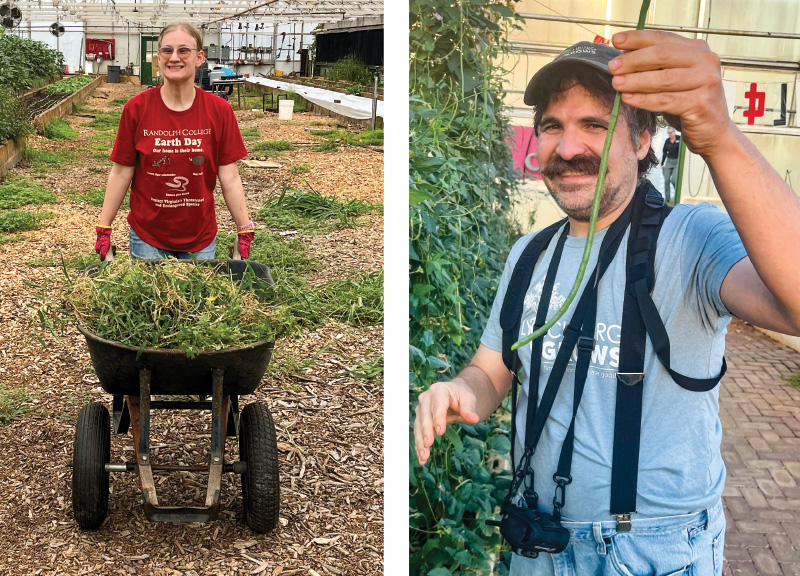
Blades expressed that they were pleasantly surprised and excited to have been chosen for the grant.
“It’s really great because we get some Kubota equipment, which will be very helpful,” Blades said. “That will help us in all aspects of the farm. It will help us post-harvest moving produce around, not having to carry 50 to 80 pounds of tomatoes from one greenhouse to another.” The grant funds will be used to expand their operation. They also expect the funds to increase their produce output by 25 percent, enhance nutrition education and provide additional vocational training opportunities for individuals with disabilities.
“We are looking forward to reaching our community in different ways and expanding,” Blades said.
Lynchburg Grows additionally provides opportunities for youth in the community to learn and have fun. A portion of the grant funds will be used to expand their education greenhouse, which is solely dedicated to learning, and used for classes, field trips, and camps.
“This will be a space for students to explore and learn and play without interfering with the day-to-day farm operations,” Blades said. They hope to include a “tasting kitchen” in the learning greenhouse, allowing them to transition from planting to harvesting to tasting all in one space. In the summer, Lynchburg Grows hosts a variety of day camps for kids. At the week-long camps, participants have the opportunity to work alongside farmers with disabilities and harvest produce.
“They learn about plant cycles and planting and growing,” Blades said.
“They learn about nutrition, they’ll cook the food that they are harvesting, and so they get some cooking lessons. They also help clean up, so they’re learning to work together as a team and then also they help us with our donations.” Lynchburg Grows donates to many local organizations, including Park View Community Mission, Miriam’s House, Lynchburg Daily Bread, Connecting Point, and others.
“They [campers] help pack donations up so they’re learning philanthropy and why it’s good to give back to your community,” Blades shared.
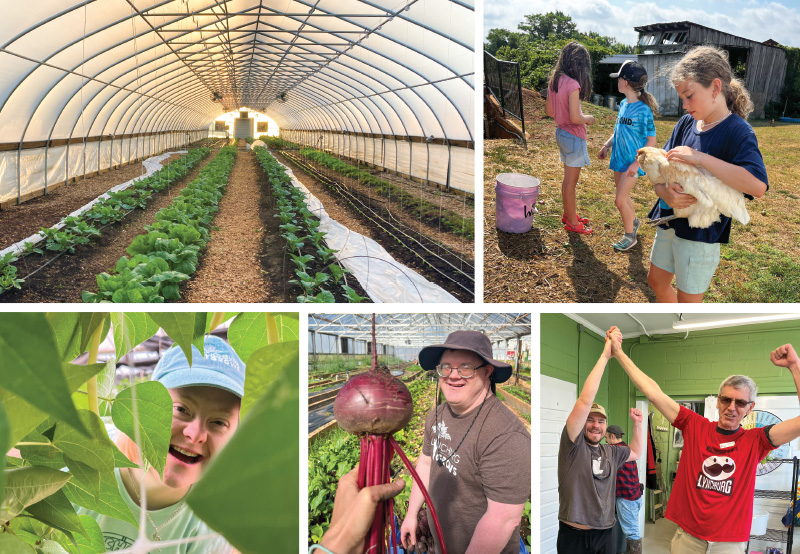
A wide variety of produce is grown on their farm, which changes depending on the season. Currently, they are growing a variety of root vegetables, including turnips, beets, carrots, radishes, and leafy greens, as well as eggplant, beans, herbs, tomatoes, cucumbers, cabbage, and more.
“We are lucky to be able to grow year-round,” Blades said. For members who join at the beginning of their growing season, in March, they can pick up their share on Wednesdays; however, their Farm Store is open to the public every Thursday from 9 a.m. through 1 p.m.
“We accept SNAP, which is great,” Blades said. They also participate in the Senior Farmers’ Market Nutrition Program, a government initiative designed to provide seniors with access to fresh produce.
“Lots of ways you can shop,” she said. Another way to support Lynchburg Grows is to volunteer at the farm. They are always looking for help with tasks around the farm.
“Not all of [the volunteer work] is really, really hard,” Blades said. “We can definitely modify it to each person’s abilities.”
Blades expressed that they are incredibly grateful to Kubota. The new equipment and funds will make a substantial impact on their operation.
“We are proud to have selected Lynchburg Grows for this opportunity,” Jones added. “And even more so to see what they’re able to accomplish with
our equipment.”
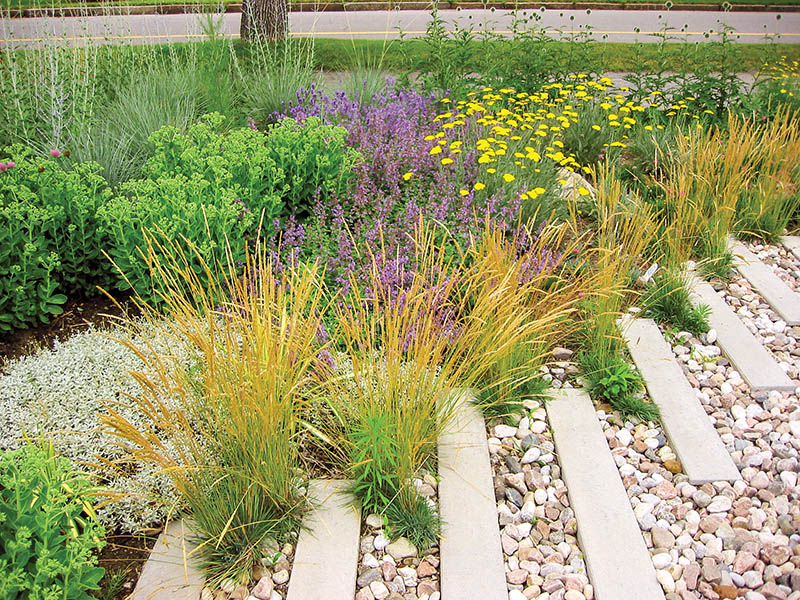
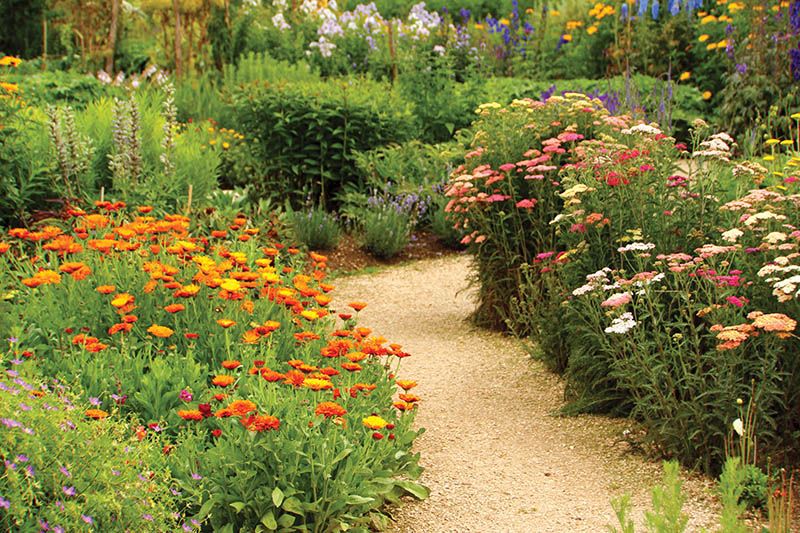
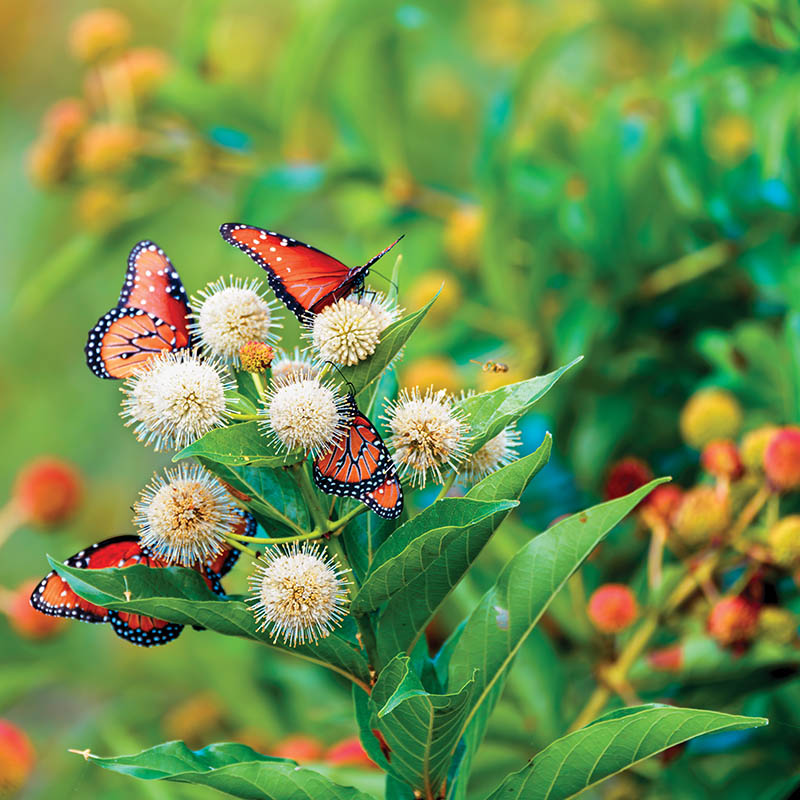
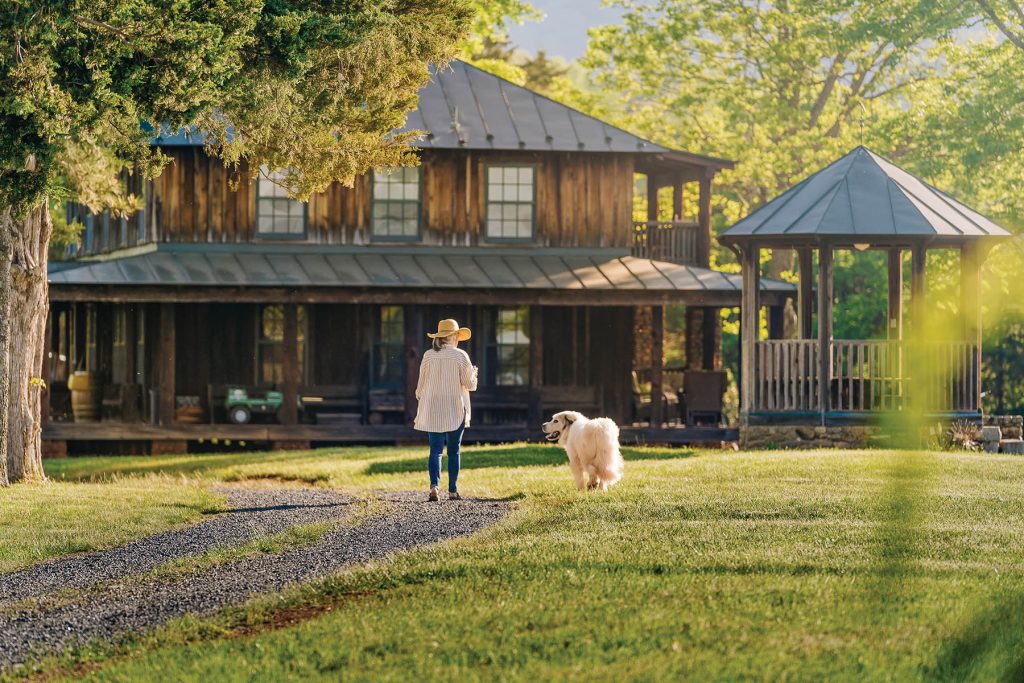
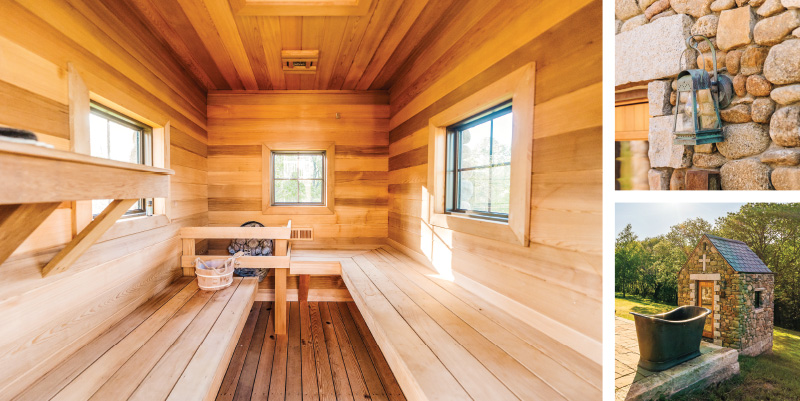



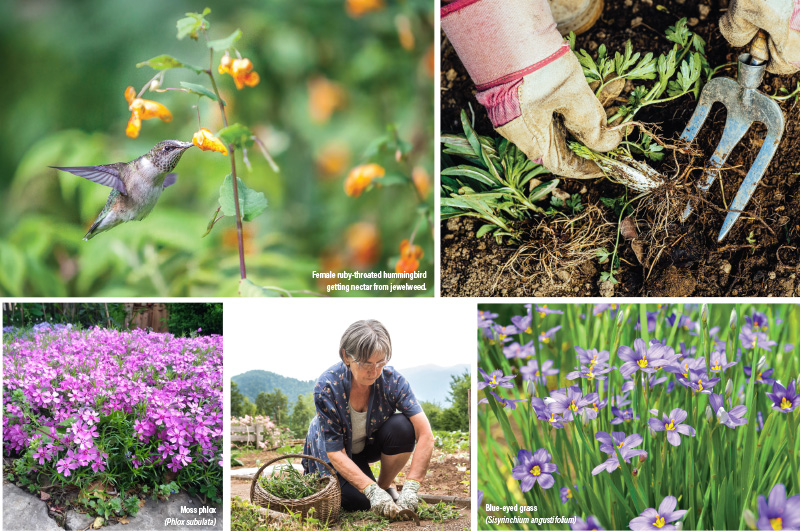



 2. Create a Pollinator Paradise
2. Create a Pollinator Paradise